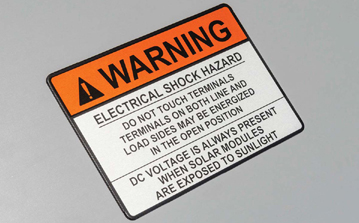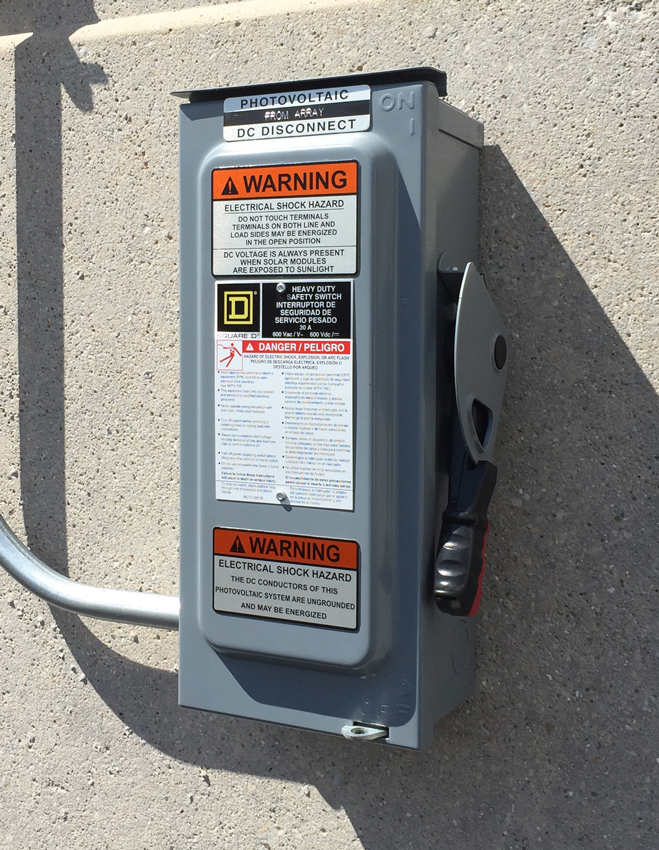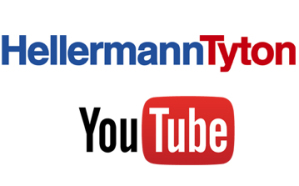With the help of product sponsoring from HellermannTyton, the Dutch-based design office Serge Schoemaker Architects…
Shedding some light on photovoltaic labeling

Working proactively towards the needs of customers wherever they are located in the world is firmly anchored in HellermannTyton’s philosophy. We recently extended our understanding of regulatory requirements in the solar power sector to help operators of photovoltaic installations in Saudi Arabia with their labeling challenges.
The story begins in the United States back in 2011, when a change in Section 690 (Solar Photovoltaic Systems) of the National Electrical Code (NEC) significantly impacted labeling requirements in solar installations and generated much confusion and misunderstanding in regard to photovoltaic labeling.
In stepped our industry experts from HellermannTyton in the U.S., who have a vast amount of experience in meeting NEC guidelines, to take away the burden of interpreting the regulations.
 They rapidly produced a solar installation labelling system by combining TagPrint® Pro software and a thermal transfer printer into a “printer kit.” The system enables printing labels that conform to the updated requirements and is easy to work with and install by maintenance crews in the field.
They rapidly produced a solar installation labelling system by combining TagPrint® Pro software and a thermal transfer printer into a “printer kit.” The system enables printing labels that conform to the updated requirements and is easy to work with and install by maintenance crews in the field.
The preprinted, regulatory solar identification labels are designed to meet all requirements for durability, colour, text height and visibility.
“The solar industry is young and the codes and regulations are so diverse that most installers are left on their own to figure out how to ensure they pass inspection, while still meeting the labeling requirements of the National Electrical Code (NEC) and the International Fire Code (IFC),” explains Todd Fries, Marketing Manager, Identification Systems, at HellermannTyton in Milwaukee, Wisconsin.
As the NEC code has been widely adopted internationally, interest in the kit has been high in other global regions, where solar parks are growing.
Because installers in the Arabian Gulf region in particular were having trouble interpreting these often complex guidelines , HellermannTyton recently worked with the Saudi Arabia Solar Industry Association (SASIA) and Solar GCC Alliance to produce an Arabic language version of HellermannTyton solar installation labelling system.
HellermannTyton’s successful cooperation with these two leading industry bodies is just one example of how our close relationships with regional customers and industry associations can be leveraged to benefit customers all around the world.
If you would like to read the full article in Solar Industry, in which Fries discusses Section 690 and corrects some misconceptions about UV-stable labeling in solar power systems, follow this link.
The solar industry is changing so fast that it’s often difficult to keep pace with the changes. Join the “Beyond the Panel with HellermannTyton” webinar series to keep in step with best practice for your solar energy installations.
Next up on 11 November 2015 is “NEC Code 690: 2014”: How to ensure passing inspection using the latest NEC, International Fire Code and National Fire Protection Agency requirements as your guide.
Coming up in 2016: “The Good, The Bad & The Ugly: Worst & Best Practices in Solar Wire Management” (VIEW THE VIDEO ON-DEMAND, here) and “How Weather Impacts PV Systems”
– – – – – – – – – – – – – – – – – – – – – – – –
Please feel free join the discussion or give your feedback on UV-stable products for photovoltaic (PV) power installations.
#1287




